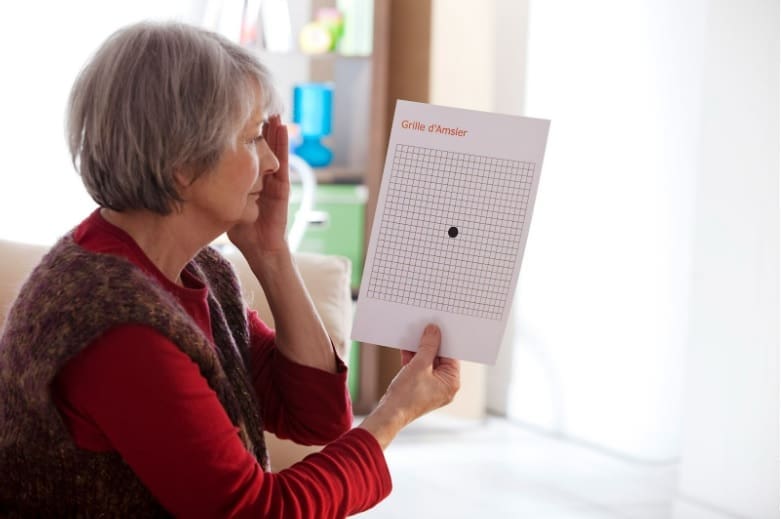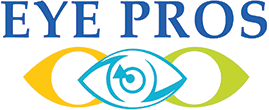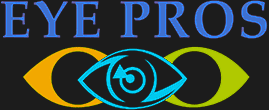Macular Degeneration

The Eye Examination Process for Macular Degeneration
When you visit the optometrist for macular degeneration, the primary objectives are to confirm or dismiss the diagnosis, evaluate future risks, and administer any necessary treatments. The examination consists of various components, including a comprehensive medical history, physical examination, and computerized imaging. The entire process, including pupil dilation, imaging, and treatment, may take several hours.
What to Expect During the Eye Examination:
Medical History
Your optometrist will inquire about your vision and conduct a comprehensive eye evaluation. They may ask questions such as:
• Do you experience any difficulties with distance or close-up vision?
• When you close one eye at a time, do you notice any missing, wavy, or distorted areas in your field of view?
• Does your family have a history of eye diseases, particularly macular degeneration?
• Are you a smoker?
• Do you have any systemic diseases?
• What medications do you take, and are you allergic to any medications?
Remember to bring your medications or a list of them, along with your preferred eyeglasses, to your initial appointment.
Eye Examination
Typically, a technician will assess your vision using an eye chart, with and without glasses, and may determine if your glasses require adjustments using a phoropter—a device with various lenses. During this process, you will be asked which lens provides a clearer view. If you find them equally clear, simply inform the technician.
• Eye Pressure Measurement: The technician may measure your eye pressure to screen for glaucoma. This involves using yellow eye drops and a tonometer—a device with a blue light—to measure your eye pressure. You won’t feel anything during this test, but it’s important to avoid rubbing your eyes for 10 minutes after the eye drops are used to prevent inadvertently scratching your corneas. You can gently close your eyes and use a tissue to dab if necessary.
• Pupil Dilation: The technician will administer eye drops to dilate your pupils, allowing the doctor to examine your retina thoroughly. If you have brown eyes, your pupils will typically remain dilated for approximately four hours, while blue-eyed individuals may experience dilation until the following day. It’s advisable to bring sunglasses and preferably arrange for someone to drive you home afterward, as your sensitivity to light will increase.
About 30 minutes after the eye drops, your pupils will be fully dilated, and the optometrist will proceed with the examination. They may move their finger in front of your eyes and request you to follow it to observe your eye movements. The doctor might also test different parts of your visual field by changing hand positions and asking you to identify the number of fingers you see.
• Slit Lamp Examination: Next, you will be asked to rest your chin on a chinrest, place your forehead against a strap, and the doctor will examine your eyes using a slit lamp—a microscope with a moving light. The light may seem bright at times, but try to focus straight ahead and keep your eyes open as much as possible. Blinking briefly is acceptable. This part of the examination typically lasts only a minute or so.
• Indirect Ophthalmoscope Examination: Afterward, the doctor may wear a headlight and instruct you to look in various directions while they use an indirect ophthalmoscope to examine the edges of your retina. Again, the light may be bright, but the examination will be brief. Remember that when asked to look left, both eyes move together, so they will both be directed in the same direction.
Computerized Imaging
For macular degeneration examinations, imaging often involves retinal imaging and optical coherence tomography (OCT).
• Retinal Photographs: These are taken with a few bright flashes of light in each eye, a process that only takes a few minutes.
• OCT: During OCT, a small flashing light will guide you on where to look, without any intense lights. This examination lasts about one minute per eye. OCT provides a detailed cross-sectional view of the retina, allowing the doctor to assess its structure and detect any fluid leakage from abnormal vessels that may have accumulated in the retina.
If the doctor suspects wet macular degeneration, they may order a fluorescein angiogram or indocyanine green angiography. These tests involve injecting a dye into a vein in your arm, followed by timed photographs of each eye for approximately 15 minutes. This helps the doctor identify any dye leakage from abnormal blood vessels in the retina that may require treatment to preserve your vision.
• Fluorescein Angiogram: This test may cause your urine to appear bright yellow for about a day, as the fluorescein dye is eliminated from your body.
• Indocyanine Green Angiography: If you have allergies, especially to shellfish or other substances, inform your doctor, as they may administer Benadryl before the dye injection to reduce the risk of an allergic reaction. The fluorescein angiogram may cause your urine to appear bright yellow for about a day, as the fluorescein dye is eliminated from your body.
In the digital age, eye doctors can often provide test results within minutes and inform you of any treatment for wet macular degeneration, such as the injection of medications like brolucizumab, aflibercept, ranibizumab, or bevacizumab. For dry macular degeneration, treatment recommendations may involve vitamins, dietary modifications, and regular follow-up visits to monitor your retinal health.
It is important to note that with modern examination techniques and treatments, many individuals with macular degeneration can maintain good vision throughout their lives. Regular eye exams and early detection are crucial in managing this condition. By staying proactive about your eye health, you can preserve your vision and continue enjoying life’s special moments.

